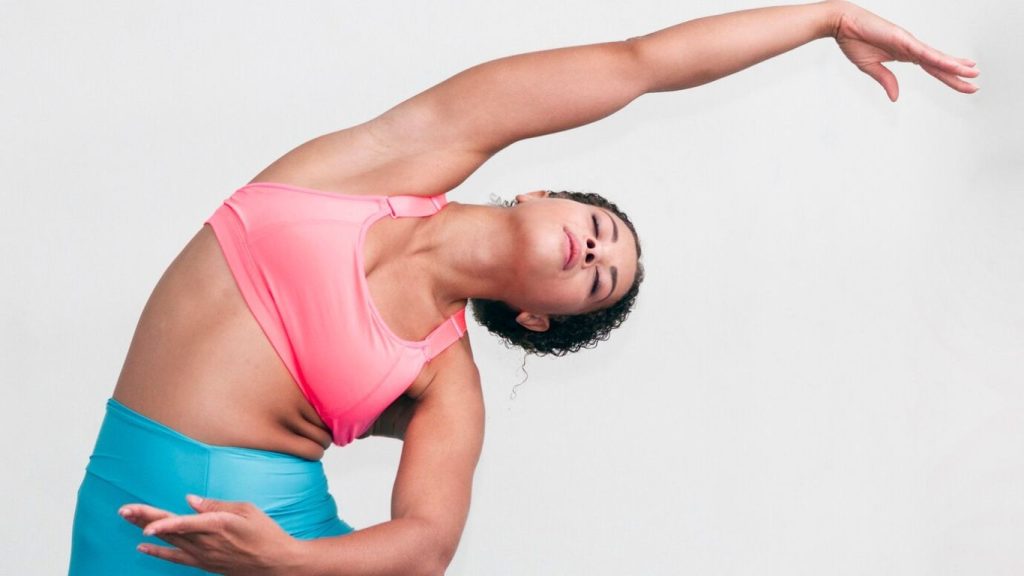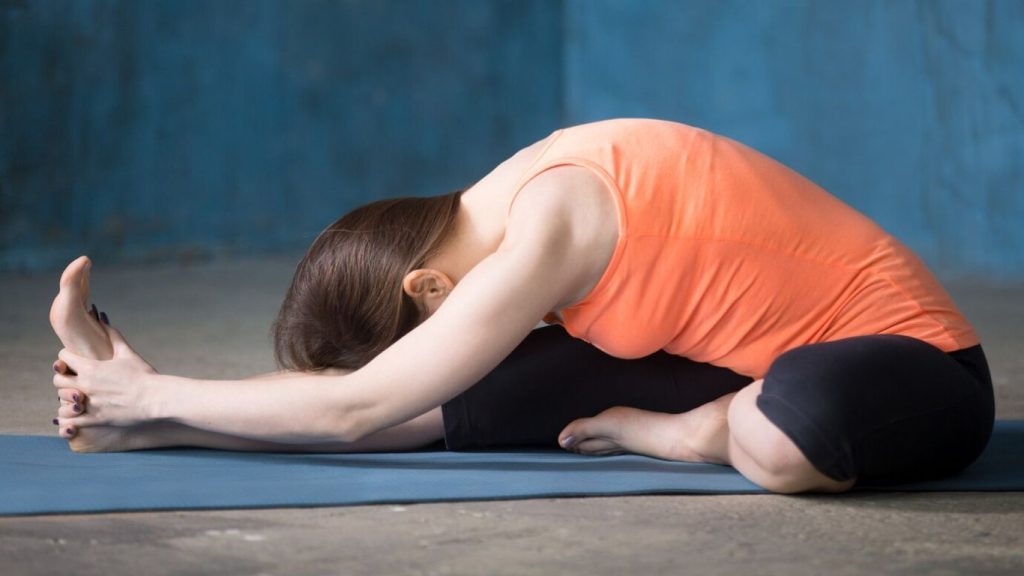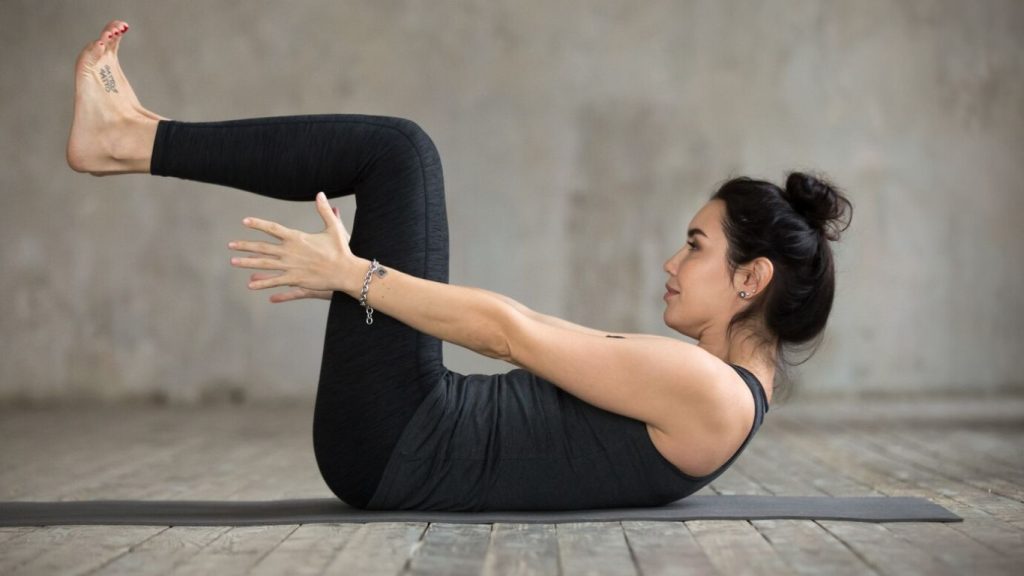The obliques are a crucial set of muscles that play a vital role in our daily activities, providing stability and support to our spine, aiding in trunk rotation, and assisting with respiratory functions. When tight or inflexible, these muscles can lead to discomfort, pain, or even a reduced range of motion. Proper stretching can help alleviate these issues, making daily movements smoother and more comfortable.
In this guide, we’ll delve deep into understanding the obliques, their importance, and how to effectively stretch them to maintain their health and functionality.

Understanding the Obliques
Before diving into the stretching exercises, it’s essential to understand the obliques and their positioning. The human body has two sets of oblique muscles:
- External Obliques: Located on the outermost layer, these run diagonally from the lower ribs to the pelvis.
- Internal Obliques: Positioned just below the external obliques, these muscles run in the opposite direction.
Working together, they allow the trunk to twist, bend sideways, and help in forward bending.

Importance of Stretching the Obliques
Stretching the obliques can:
- Enhance Flexibility: Improve the range of motion in the torso.
- Reduce Pain: Alleviate discomfort from tightness or imbalances.
- Improve Posture: Aid in maintaining an upright posture.
- Boost Athletic Performance: Enhance core stability and rotational power.
Essential Tips Before You Start
- Warm-Up: Engage in 5-10 minutes of light aerobic activity, like walking or jogging, to increase blood flow to the muscles, making them more pliable.
- Stay Hydrated: Drink water before and after stretching to aid muscle function and recovery.
- Consistency: For long-lasting benefits, integrate oblique stretching into your regular fitness routine.
- Breathe: Deep, steady breathing helps in maximizing the stretch and promotes relaxation.
Effective Oblique Stretches
Standing Side Bend
- Stand tall with feet hip-width apart.
- Extend arms overhead, clasping your hands together.
- Keeping your arms straight, bend from your waist to one side.
- Hold for 15-30 seconds, feeling a stretch along the side of your torso.
- Return to the center and repeat on the opposite side.
Seated Torso Twist
- Sit on the floor with legs extended.
- Bend your right knee, placing the right foot outside the left knee.
- Place your right hand on the floor behind you for support.
- Inhale and lift your left arm.
- As you exhale, twist your torso to the right, placing your left elbow outside the right knee.
- Hold for 15-30 seconds, then switch sides.
Triangle Pose
- Stand with feet wider than hip-width apart.
- Turn your right foot out and left foot slightly in.
- Extend arms at shoulder height.
- Reach out over your right leg, then tilt the torso, placing the right hand on the shin or ankle.
- Extend the left arm upwards, looking towards the left hand.
- Hold for 15-30 seconds and switch sides.
Lying Side Stretch
- Lie on your right side with legs extended.
- Prop yourself up on your right elbow.
- Stretch the left arm overhead, bending to the right side.
- Feel the stretch along the left side of your torso.
- Hold for 15-30 seconds, then switch sides.
Enhancing the Stretch
To deepen the stretch or target different parts of the obliques, consider:
- Using Props: A yoga strap or block can help in intensifying the stretch or supporting positions.
- Adjusting Duration: Increase the time you hold each stretch, ensuring it’s comfortable and not painful.
- Incorporate Movement: Add dynamic stretches like torso rotations to warm up before static stretches.
Read Also : How to Overcome Inertia and Depression

Common Mistakes to Avoid
- Overstretching: Stretch only to the point of mild tension, not pain.
- Holding Breath: Continuous breathing ensures adequate oxygen supply.
- Rushing: Move into and out of stretches slowly to avoid injury.
Post-Stretching Recommendations
- Cool Down: After stretching, give your body time to cool down with some light movements or walking.
- Stay Consistent: Aim to stretch the obliques regularly, especially after workouts that engage the core.
- Hydrate and Refuel: Replenish lost fluids and provide your muscles with essential nutrients post-stretching.

Conclusion
The obliques, though often overlooked, are paramount in a variety of functions, from athletic movements to daily activities. A dedicated stretching routine can aid in keeping them supple, strong, and healthy. By incorporating the techniques outlined above and being mindful of your body’s signals, you can ensure these vital muscles receive the attention and care they truly deserve.
Frequently Ask Questions
The obliques are muscles located on the sides of the abdominal region. There are two sets: external obliques on the outermost layer and internal obliques situated just below the external ones. They assist in trunk rotation, lateral flexion, and help stabilize the spine.
Stretching the obliques can enhance flexibility, improve posture, reduce pain or tightness, and boost athletic performance by enhancing core stability and rotational power.
For general maintenance, aim to stretch your obliques 3-4 times a week. However, if you’re an athlete or engage in activities that heavily involve the core, daily stretching can be beneficial.
Dynamic stretching involves movement and is typically used as a warm-up before workouts (e.g., torso rotations). Static stretching involves holding a stretch for a period, usually 15-30 seconds, and is beneficial post-workout or as a stand-alone flexibility routine.
Yes, but it’s essential to be cautious. Gentle stretching can alleviate muscle tightness contributing to back pain. However, if the pain persists or intensifies, consult with a healthcare professional.
If you feel sharp pain, discomfort, or a “pulling” sensation, you might be overstretching. Stretching should feel like a gentle tension, not painful.
It’s beneficial to incorporate dynamic oblique stretches as part of your warm-up and static oblique stretches post-workout. This approach ensures the muscles are limber for activity and helps in recovery afterward.
Remember, while stretching is vital for flexibility and muscle health, always listen to your body and adjust based on any discomfort or limitations you might experience.
